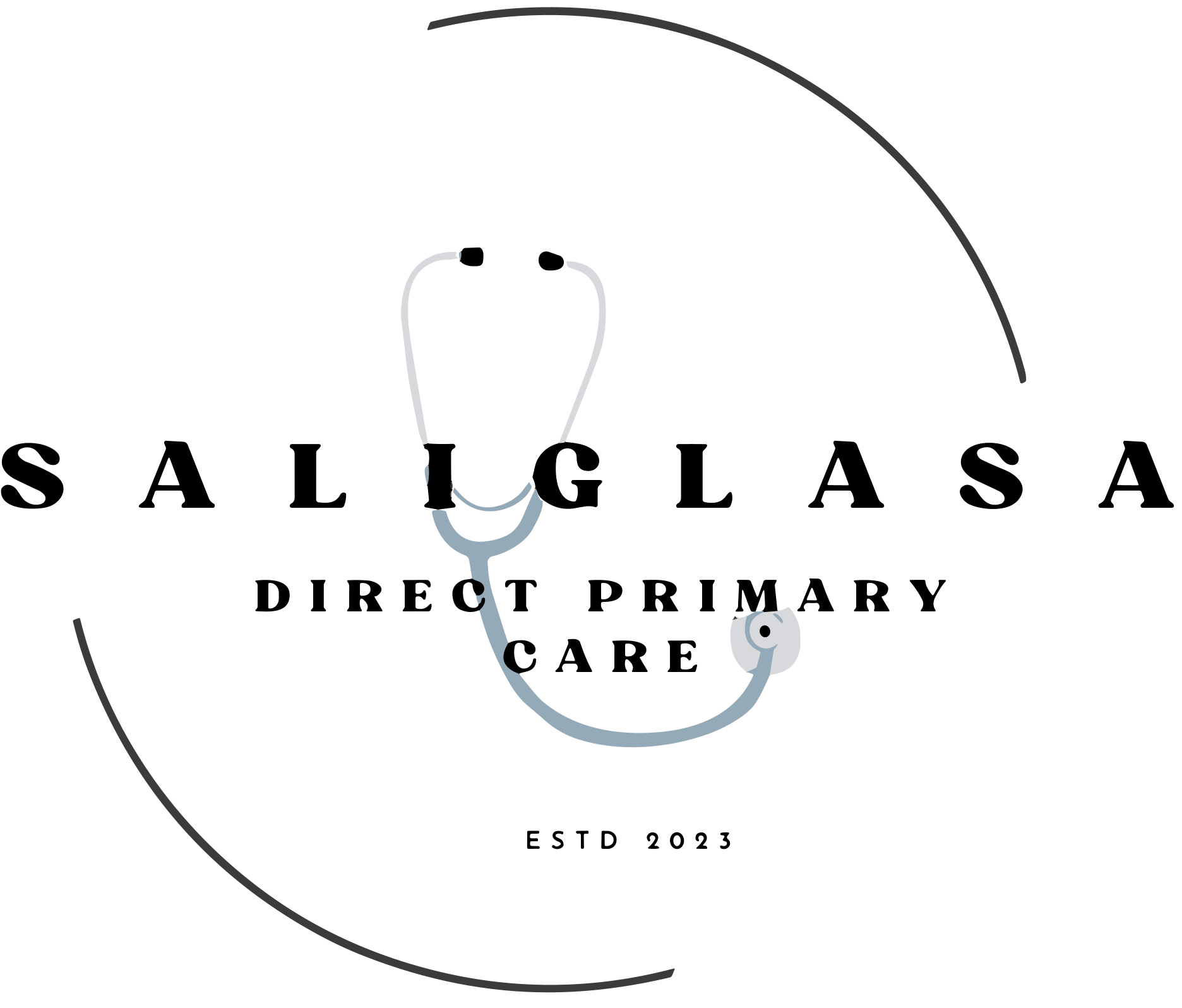The heart is my favorite organ. Last month, in July, I gushed about the “Wonders of Your Heart.” I hope that reading it gave you a moment to reflect on the amazing organ beating inside your chest. This month, we’re exploring what can cause your heart to become sick. In September, we’ll discuss how to take care of our hearts.
As a heads-up, October is Sudden Cardiac Death Awareness Month. Saliglasa will be sponsoring a free, hands-only CPR training session open to the public. Stay tuned for more details.
So, what ails your heart?
There are several heart-related diseases and conditions commonly seen in healthcare. To keep things simple, I’ve grouped them into six general categories:
- Diseases of the Arteries (Coronary Artery Disease – CAD):
The most common type of heart disease, CAD, occurs when the arteries that supply blood to the heart narrow due to plaque buildup. This plaque is a mix of cholesterol, calcium, and fibrin. CAD is the leading cause of death among men, women, and all racial groups in the United States, affecting about 1 in 20 American adults. It’s often associated with high blood pressure, high cholesterol, diabetes, smoking, and obesity. Symptoms may include chest pain (angina), heart failure, arrhythmias, and heart attacks. Also, it is worth noting that almost all other heart diseases listed below, are associated with CAD. - Diseases of the Heart Muscle (Cardiomyopathies or Congestive Heart Failure – CHF):
In these conditions, the heart’s muscular chambers either become stiff and can’t relax, or they become floppy and can’t squeeze effectively. This can result from CAD, genetics, viruses, toxins (including excessive alcohol), or extreme stress (known as Takotsubo Syndrome or “Broken Heart Syndrome”). Symptoms often include shortness of breath, fatigue, leg swelling, and heart rhythm disturbances (arrhythmias). - Diseases of Heart Rhythm (Arrhythmias):
When the heart’s electrical signals are disrupted, the heart may beat irregularly or erratically. Arrhythmias can be caused by cardiomyopathies, toxins (such as alcohol, cocaine, or high doses of caffeine), electrolyte imbalances, hyperthyroidism, heart valve diseases, or congenital heart defects. Symptoms vary from silent irregular heartbeats to dizziness, fainting, heart failure, or even sudden death. - Diseases of the Heart Valves (Valvular Heart Diseases):
The heart’s four valves, which open and close to regulate blood flow, can malfunction due to genetic factors, infections (like bacterial endocarditis from IV drug use), heart attacks, or aging. This often leads to valve tightening, especially in the aortic valve. Symptoms may include heart failure, stroke, arrhythmias, or fainting, though some cases remain silent. - Diseases of the Pericardium (Pericarditis):
The pericardium is the membrane covering the heart. Pericarditis can result from viral infections (including HIV), cancer and its treatments, trauma, autoimmune diseases (like rheumatoid arthritis or lupus), or kidney failure. It can also sometimes occur after a heart attack. Symptoms include sharp chest pain, fever, shortness of breath, and arrhythmias. - Congenital Heart Diseases:
These are heart defects present at birth, such as valvular issues or abnormal communication between heart chambers. For instance, a “hole in the heart” is often due to a Ventricular Septal Defect (VSD), where there’s an opening between the heart’s lower chambers. The impact of congenital defects varies; some individuals live healthy lives, while others may require early surgical intervention to survive.
Understanding the various heart diseases is an important first step in taking care of this marvelous organ and ultimately to living a healthier and longer life.
